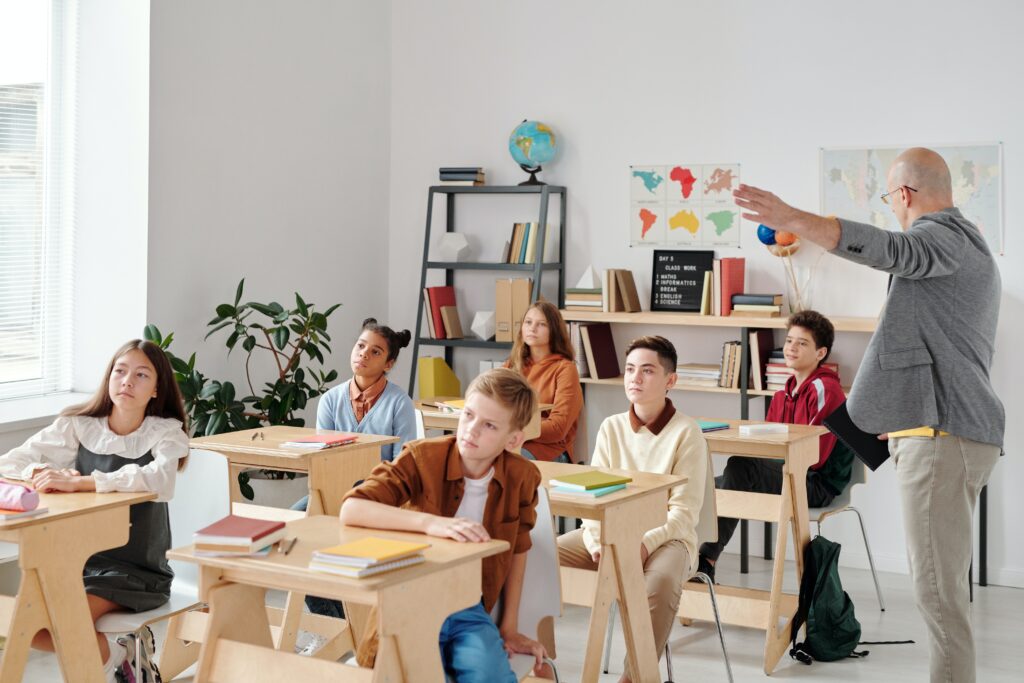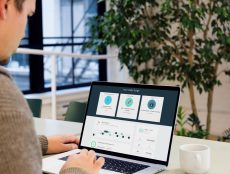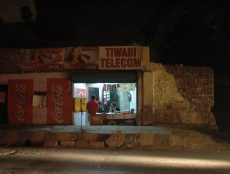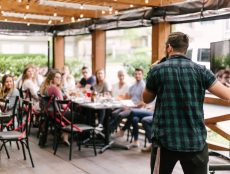
Education Technology
Op-Ed
A New Era of Education – Teacher-Generated Learning (TGL)
By Kasper Spiro
December 16, 2021
No amount of technology or intelligence could ever replace a teacher. Educators are didactic and experts in their respective fields, their part in the nurturing of tomorrow’s great minds are essential. Yet, as technology becomes more vast and sophisticated, the traditional modes of learning have become obtuse.
Many of us are currently working jobs that did not exist when we were in school: Artificial Intelligence (AI) engineers, YouTubers, and CEOs of SaaS companies. The Institute for the Future (IFTF) found in their 2017 report that around 85% of the jobs today’s learners will be doing by 2030 have not been invented yet.
On top of this, existing jobs are dramatically changing as well. You cannot compare the function of today’s secretary with that of 25 years ago.
While a lot is being done to equip our children with practical skills, more needs to be done. From what I see, many public-school systems around the world still teach using old-school instruction. Teachers teach with a great focus on knowledge transfer. A greater emphasis is needed on skills training, starting from when students enter schools, and well after they leave.
Drawing from the corporate learning perspective

In schools, content is either bought from a publisher (the method) or it is created by the teacher. I started my career as a teacher in 1985. I was teaching computer-based accountancy to unemployed people. For the theory part, I did use textbooks, but I also wrote my own growing stack of instructions and explanations to make my teaching content better and keep it up to date. For the computer-based part, I had to develop everything from scratch because there was no learning material on that.
There are many reasons why teachers want to create their own learning material, but it is not often done in an organized way. There is not much collaboration on the creation and maintenance of teaching content. In other words, I don’t see Teacher-Generated Learning (TGL) being practiced in education in the way I see Employee-Generated Learning in corporations.
Academic material needs to be reevaluated because it is not changing at the speed of the world around it. The rigid curriculum and prescriptive textbooks leave no room for iterations during the academic year.
Students would be better equipped for the working world with curriculums geared toward practicality. They would gain more experience learning to calculate bills ad produce balance sheets, than long division. Many teachers recognize this, thus why creating or co-creating learning content for their students should be the standard.
The Advantage of Educators
The biggest issue with this kind of bottom-up approach to content in the corporate world is that it cannot cross the boundaries of the organization. It is confidential and your competitor is not allowed to see it. Schools do not have that limitation. So, why aren’t teachers driving the change bottom-up? They could combine their knowledge to create meaningful, practical content that’s rooted in academic truth and deliver it in a modern way.
Currently, much of teaching and learning is confined to printed textbooks, the curriculum is not determined by the teacher, but by education higher-ups. Because of this, teachers don’t always have a say in how to run their classrooms, even if they want to improve their teaching.
I do understand that children need structure and that we need to guard quality, but consider these questions:
- Can we think beyond the realms of traditional content within the curriculum?
- Can teachers collaborate to create a thematic structure around singular concepts to instill a holistic understanding of a subject?
- Can we move to digitized content, away from books, making it easier to share, easier to update, easier to adapt to local needs?
- Can we trust the teacher with the responsibility of creating learning content?
These things can be achieved with Teacher-Generated Learning, where teachers spearhead a new era of learning through digital creation and collaboration.
Understanding Teacher-Generated Learning

First Step: Mindset
The first step to ignite any change in the system is to acknowledge the presence of a problem, which, in this case, resides in the archaic education system. Education must reflect the real world, it should change at least as fast as the world is changing — ideally even faster.
Teachers have, on one hand, little autonomy because they must follow a curriculum, using authorized textbooks and resources. On the other hand, they are very autonomous in their own classroom. They close their doors and do their thing. I believe we should change both. In order to do that, we need a change in mindset. We need to drop the top-down approach and trust teachers to do their job. Teachers should open the doors of their classrooms to other teachers and collaborate and co-create.
Second Step: Digitalization
Textbooks and teaching methods are mostly imposed top-down. They do not allow for changes, nor do they enable teachers to do things their way. In addition, collaborating with other teachers and experts becomes almost impossible with these printed formats.
Therefore, encouraging teachers to move towards e-learning solutions, educating them on the available digital options, and equipping them with very easy-to-use authoring tools like Easygenerator or CYPHER Learning could be the first step to digitalization. This results in learning content being created and hosted online, and teachers being able to seamlessly collaborate on it with their peers.
Third Step: Collaboration
We all admire our teachers’ abilities to deliver a session, but life has gone past the tiny classrooms. The current generation of learners already live in Google. Pre-determined learning content might get students good grades in assessments but it does not prepare them for jobs. That’s why it becomes vital for teachers with diverse educational backgrounds to collaborate on establishing living-learning content that reflects the actual world.
This is the power of collaboration, which can help them better prepare their teaching material and increase their speed and quality of content. In addition, their workload is shared among a group of teachers who become collectively accountable to the overall team. This enhances the level of education itself, diverging from a set curriculum.
Conclusion
Our kids are the future, and our schools are obligated to prepare for them for that. The current top-down approach — with fixed curriculums and textbooks, closed classrooms, and knowledge-driven, subject-based organized learning — is not doing enough. I believe teachers should have more control over the learning materials they teach and for how they teach them.
Having worked in corporate learning has made me realize the importance of skill training and turning the learners into lifelong learners. Traditional education did not prepare employees well enough for the working world. Educational institutions should shift toward Teach Generated Learning for the betterment of students and teachers.
Kasper Spiro is the CEO of Easygenerator and a recognized thought leader in the world of e-learning. With over 30 years of experience, he is a frequently requested keynote speaker and well-renowned blogger within the e-learning community.
Featured Image: Julia M Cameron, Pexels.









No Comments